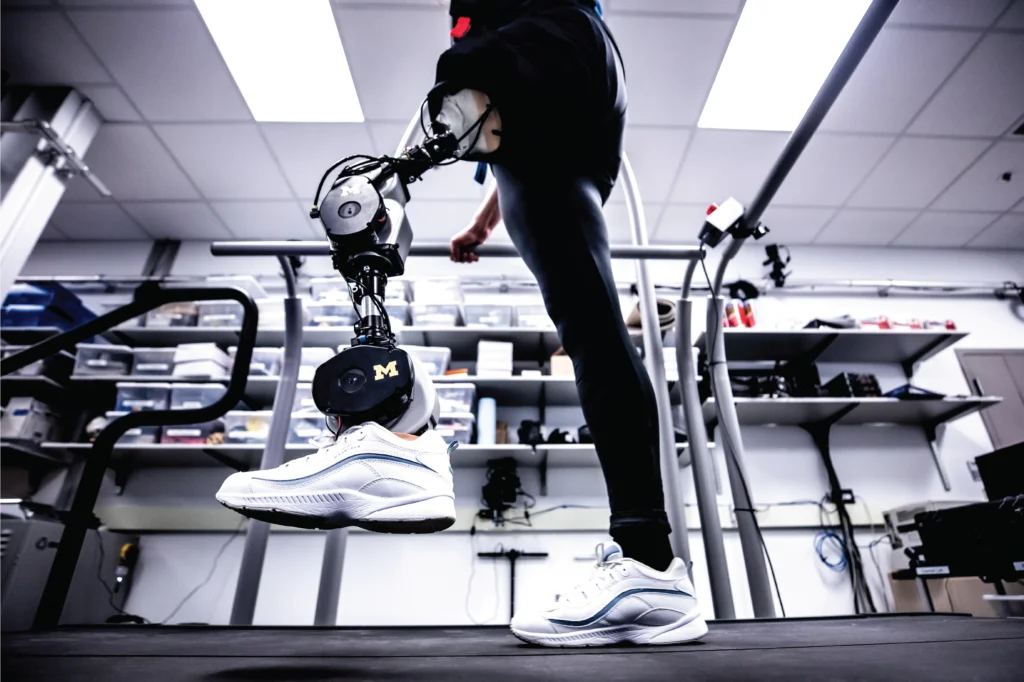Islamabad, 15 Apr, 2025: In a revolutionary leap for , Pakistan has successfully fitted its First-Ever Bionic Leg on a female patient an inspiring milestone in the country’s journey toward cutting-edge healthcare solutions.
The Bionic Leg is a computerized, sensor-driven limb engineered to replicate natural human motion.
READ MORE:
Pakistan’s First-Ever Cashback Platform Savyour Shuts Down
Unlike traditional prostheses, this smart leg adapts in real-time to different physical activities whether it’s walking, running, climbing stairs, or cycling.
Even on bumpy or inclined surfaces, the limb maintains smooth and stable movement, ensuring ease and comfort for the user.
What sets this advanced prosthetic apart is its embedded sensor system. These sensors monitor the user’s speed, posture, and the terrain underfoot, enabling the leg to adjust automatically for a seamless walking experience.
This marks a substantial improvement over older prosthetic models, offering enhanced mobility, safety, and independence.
Previously, patients in Pakistan had no option but to travel abroad to countries such as the USA, Germany, or India to obtain such high-tech prosthetic limbs.
At a press briefing, the head of the welfare organization confirmed the leg’s successful installation and praised its intelligent design.
The limb is Bluetooth-enabled and can be synced with a smartphone. Equipped with advanced stumble-prevention sensors, the limb reacts instantly if a user begins to lose balance, significantly reducing the risk of falls.
The built-in rechargeable battery offers up to 20 hours of continuous performance, and the user can comfortably walk distances of up to 5 kilometers in a single day.
READ MORE:
Suzuki’s First-Ever Electric Scooter: Price & Specs Unveiled
This incredible achievement highlights Pakistan’s growing capabilities in healthcare innovation and prosthetic technology.
As more patients gain access to these modern solutions, the future looks hopeful for those living with physical disabilities.
The First-Ever Bionic Leg is not just a technological marvel it’s a symbol of empowerment, restoring mobility and confidence to those who need it most.









